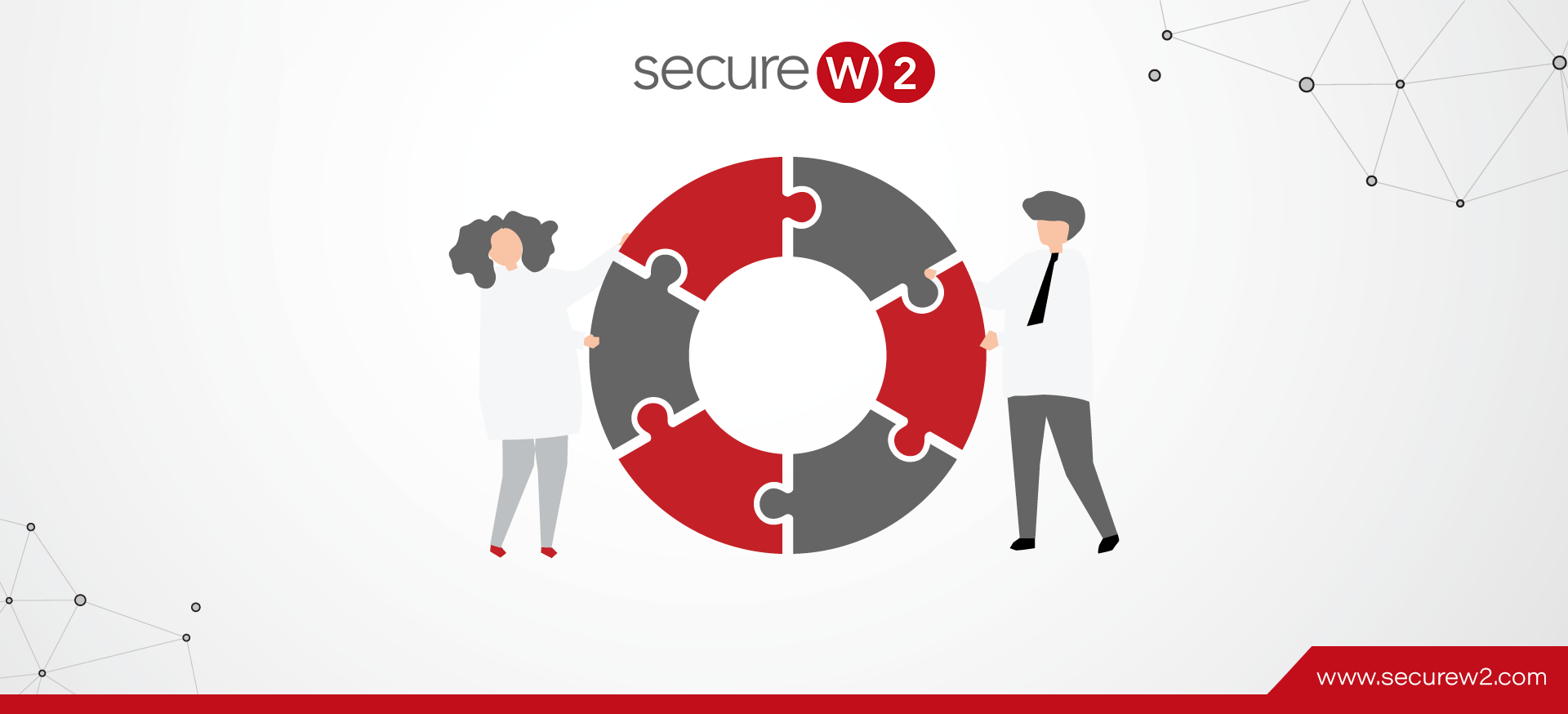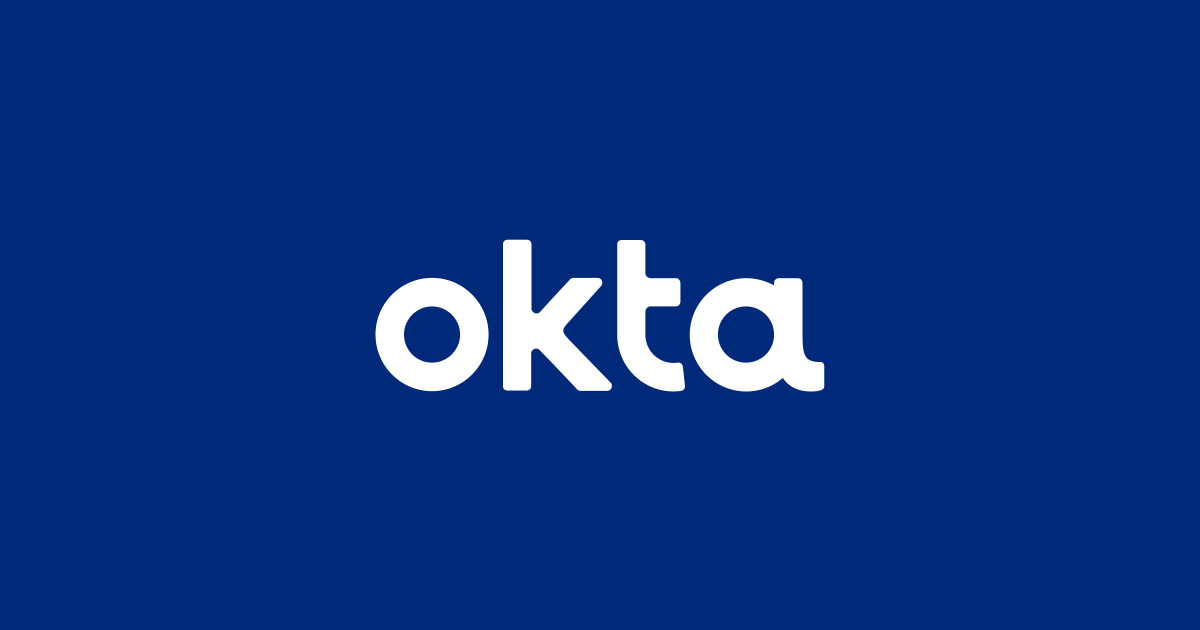Key Points
- Traditional network security trusts users once inside the network, creating vulnerabilities and potential data breaches.
- Implement Okta ZTNA to enforce strict authentication, continuous verification, and secure access policies across all devices.
Zero Trust is a cybersecurity concept that is being implemented by many security-conscious organizations to combat the external and internal threats they face. At its core, the purpose of Zero Trust is to ensure that each individual in an organization is treated as a potential point for a security breach, and has access to only the resources they will need to perform their responsibilities. Below we’ll discuss how Okta is enabling Zero Trust, and how the addition of certificates can improve network security at every level.
Why Zero Trust Is The Trend
In the past, network security was a priority, but the approach many organizations were taking left them vulnerable. Most believed that a strong security perimeter that focused on denying outside access was sufficient. If no outside threats could get access to the network, data and resources would be protected.
With the proliferation of cloud computing, having a network closed off to outsiders is simply not possible. The cloud has led to a huge increase in online collaboration with contractors, partner companies, contracted workers, etc. It’s not practical to operate a network that’s closed off completely to outside users.
There is a diverse set of users that will require access to the Okta network, and they all need access to a different set of resources – the CTO will need different access than a factory floor manager.
Enter Zero Trust. If network admins can control who is able to access the network and what resources they have access to, the chance of data theft or a breach is reduced immensely. Zero Trust security ensures only individuals that are approved can access the network, and they have rapid access to the resources they will need to operate effectively.
Implementing Zero Trust with Zero Friction

For most organizations, Zero Trust should be seen as a process to achieve over time. When integrated fully, it’s a fundamental change to how your network operates, and this isn’t an overnight process. Below are the four steps to creating a Zero Trust network.
- Recognize the security flaws and authentication issues that are present on the network, such as:
-
- Using credential-based authentication and having passwords everywhere
- Little to no cloud integration
- Reliance on on-premise infrastructure
-
- Normalize an authentication strategy for all users to ensure only approved people can access the network. Some powerful solutions include:
-
- Single-Sign-On (SSO) across the board
- Replacing credentials with certificates
- Utilizing Multi-Factor Authentication (MFA)
-
- Establish resource use context for all network users.
-
- Different users will require different access levels
- Segment the network into user groups based on standing in the organization
- Develop access policies based on user groups
-
- Continually develop and improve access policies and improve authentication security.
-
- Zero Trust, and cybersecurity in general, is never static – it’s a continually shifting enterprise. There are always new factors to account for, as well as the organic growth of an organization. The goal should be to make authentication and accessing appropriate resources as frictionless as possible for network users.
-
Combining Okta and SecureW2 for the Ultimate Zero Trust Security Solution
SecureW2 and Okta are powerful partners that combine their resources to provide unmatched authentication security utilizing certificates. Okta’s efficient managed device solutions and the unmatched security provided by certificates result in rapid authentication and ironclad protection against outside threats.

To enhance Zero Trust, replacing credentials with certificates is one of the most effective changes you can make to the network. Certificates can be easily configured to reflect user groups that are created with Okta.
When a user is distributed a certificate, it is populated with identifying information based on their identity in the IDP. This occurs automatically when a user receives a certificate. Once authenticated, they are given access to resources based on access policies that are informed by the information on the certificate. Once a certificate is distributed, it cannot be edited, removed, or stolen from the device.
If a situation arises where a user should no longer be given network access, admins can immediately revoke access using SecureW2’s identity lookup feature. In the IDP, admins can easily mark a certificate as invalid and that certificate will not be authenticated in real-time. This lookup feature allows admins to revoke access even before the certificate is added to the CRL.
A certificate from SecureW2 can be used towards a comprehensive Okta-based SSO strategy across the network. Users can seamlessly authenticate to various applications across the network with their device. Admins simply have to enable certificate-based authentication and configure applications to connect to the IDP.
Considering the static nature of certificates, it’s both an advantage and disadvantage. The enormous upside is users cannot share or change their certificate like you can with a password, but it also means a user’s status cannot be changed. If someone in your organization receives a promotion and needs new access policies, they will need all their certificates revoked and replaced.
To solve this issue, SecureW2 has developed Dynamic Cloud RADIUS to provide authentication solutions not previously available. Dynamic Cloud RADIUS allows for direct communication between the RADIUS and the IDP during authentication.
Consider the situation above where a user receives a promotion. Instead of replacing all their certificates, a network admin would simply go into the Okta IDP and update the user’s information to reflect their new position. When that user attempts to authenticate, the RADIUS will be able to communicate with the IDP and grant that user access based on their updated access policies. As a result, the user sees no change in their authentication process while the network strengthens Zero Trust.
Zero Trust is a growing trend in the cybersecurity industry and has shown to be a highly effective strategy for controlling the resources within a network. The threats to a network are always changing, so integrating policies and technologies that are forward-thinking is an enormous advantage in the fight against data theft. Check out SecureW2’s pricing page to see if our certificate and Zero Trust solutions could strengthen your network security.